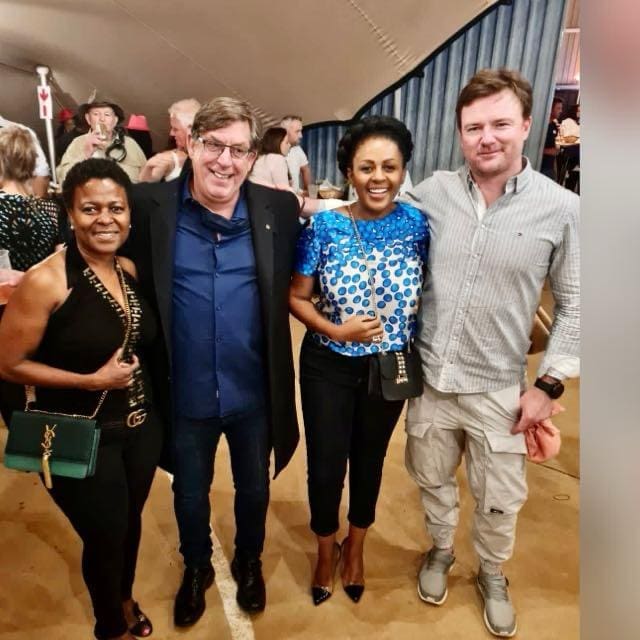Two leading Chinese engineering companies, East China Engineering Science and Technology Co. Ltd (ECEC) and Sinopec Ningbo, are competing head-to-head for the Basic Engineering contract to construct SUISO’s $1.7-billion (R31.5-billion) Hiryo coal-to-fertiliser complex in Kriel, Mpumalanga.
The African Export-Import Bank (Afreximbank), serving as the project’s sole financial arranger, is set to announce the winning bidder this month.
The bank is providing $1.2 billion in debt financing under a 70/30 debt-equity structure following the Final Investment Decision (FID).
A Close Contest Between Industry Leaders
SUISO founder Paul Erskine describes the competition between the two firms as “neck and neck,” with the initial field of five EPC bidders narrowed down to these two finalists.
ECEC, a Shenzhen-listed subsidiary of China National Chemical Engineering Co., brings extensive experience, having completed more than 2,200 projects in chemicals, power generation, and green energy.
Meanwhile, Sinopec, ranked 6th on the Fortune Global 500, boasts a strong track record in refinery, petrochemical, and coal chemical projects.
Construction is scheduled to begin in 2026, with full commercial operations expected by 2030.
Driving South Africa’s Just Energy Transition
The Hiryo plant will produce 1.5 million tons of nitrogen-based fertilizers annually, supporting South Africa’s shift toward sustainable industry while safeguarding jobs in Mpumalanga’s coal-dependent economy.
“South Africa is the world’s seventh-largest coal producer, but Mpumalanga’s low-quality coal faces a bleak future,” says Erskine. “By ‘defossilizing’ coal—repurposing it for sustainable fertilizer production—we’re offering a lifeline to the region without abandoning its workforce.”
The project will provide employment for 1,500 workers displaced by the closure of Eskom’s Kriel power station in 2030, while also creating 4,000 construction jobs (40% sourced locally) and 981 permanent operational positions once the plant is fully operational.
Strengthening Food Security in Sub-Saharan Africa
At peak capacity, the Hiryo facility will manufacture 737,000 tons of blue ammonia, 837,000 tons of urea, 518,254 tons of ammonium nitrate fertilizer, and 234,000 tons of zero-sulfur blue methanol. This output will replace 1.2 million tons of imported urea annually, reducing reliance on foreign fertilizer supplies and stabilizing costs for farmers across the region.
The initiative aligns with United Nations projections calling for a 60% increase in global food production over the next 25 years to meet the demands of a growing population.
A Model for Sustainable Industrial Development
SUISO is committed to minimizing environmental impact through carbon capture and storage (CCS) technology, which will sequester CO₂ more than 750 meters underground, where it mineralizes into solid rock. Additional sustainability measures include wet flue gas desulfurization to convert emissions into usable byproducts like gypsum, and a 15-year renewable energy power purchase agreement (PPA) to reduce reliance on fossil fuels.
“This project positions South Africa as a global leader in sustainable coal repurposing,” says Erskine. “We’re not just preserving jobs—we’re pioneering a blueprint for the future.”

